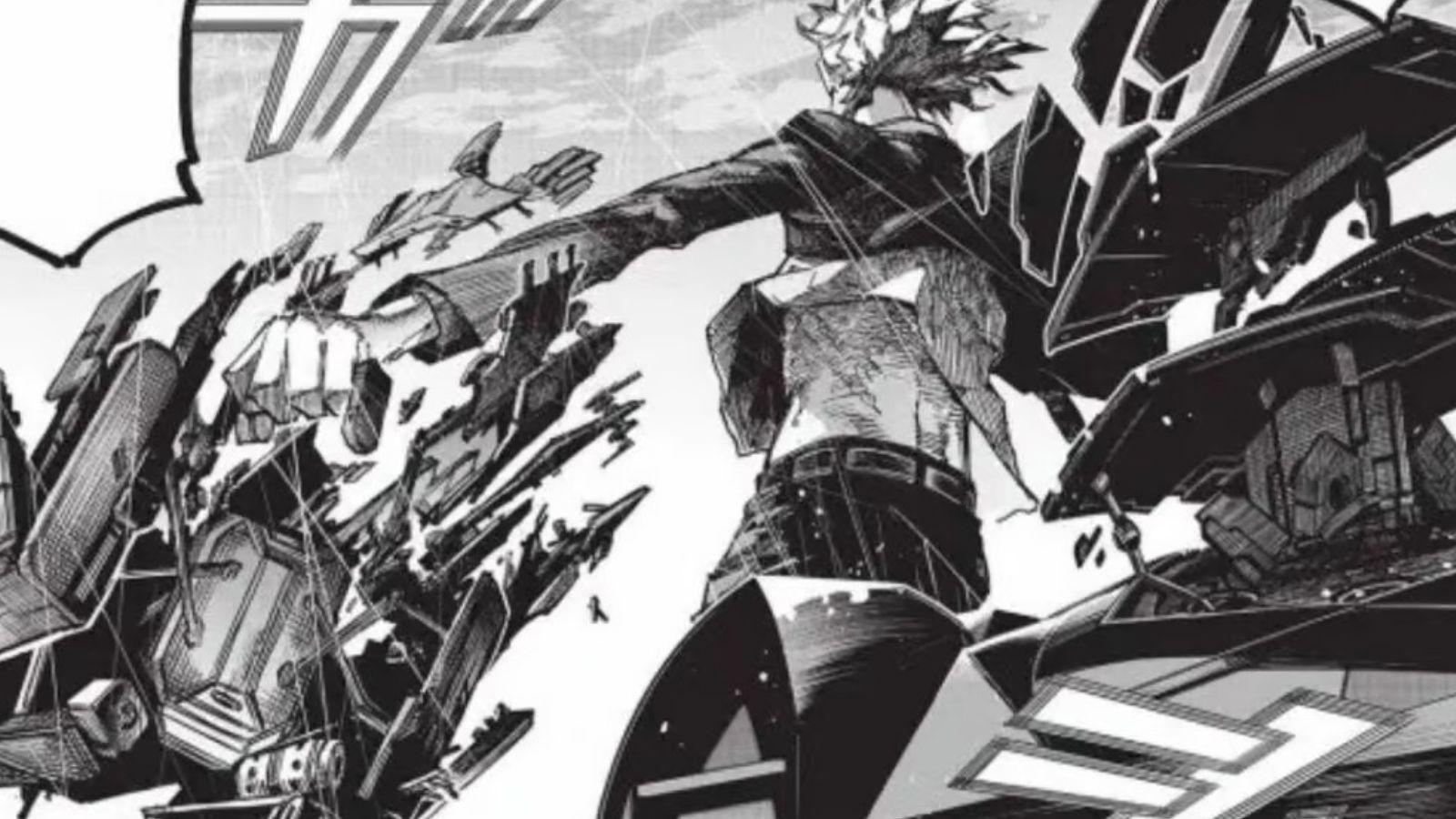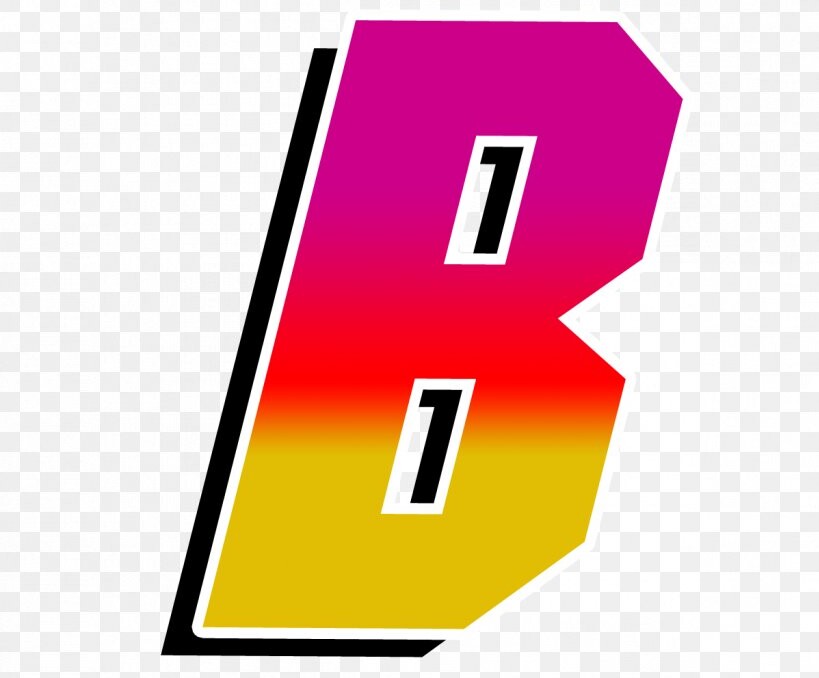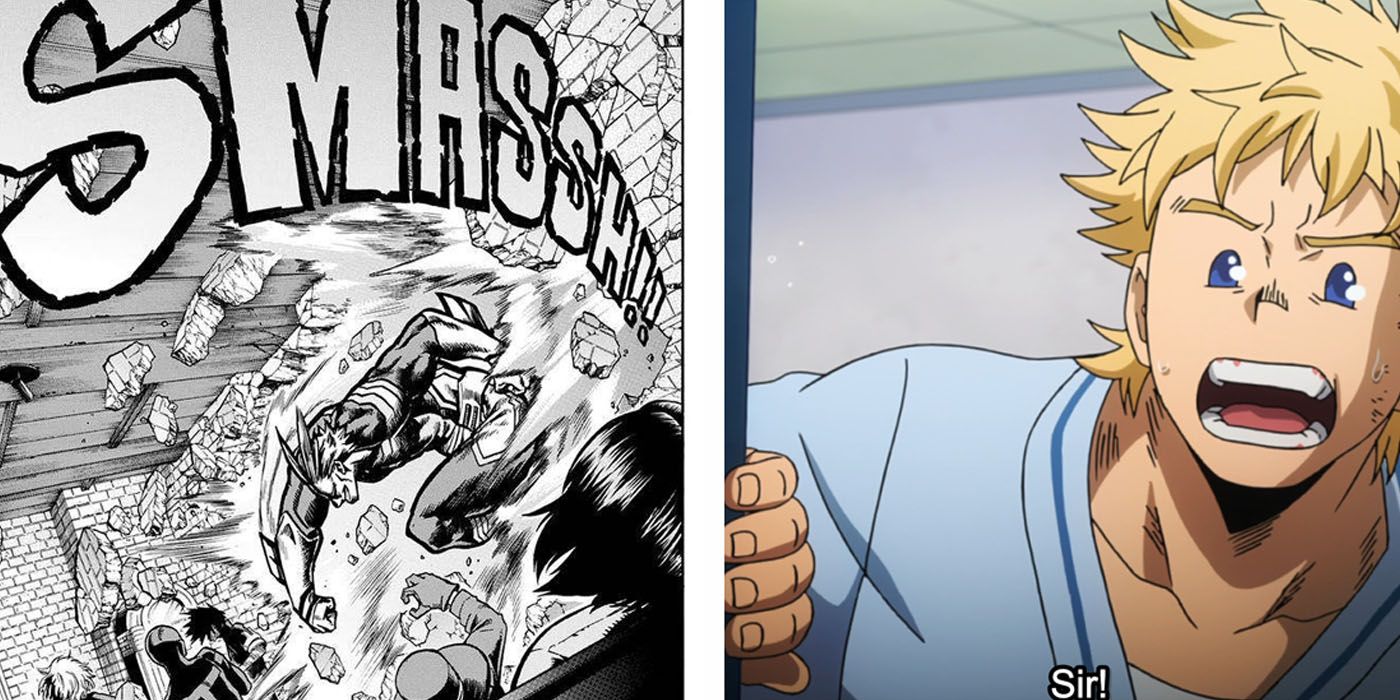MHA manga panels? Yo, they’re way more than just pictures! These bad boys are the heart of My Hero Academia, totally shaping the story and its vibe. We’re diving deep into the art, the storytelling, the crazy action, and how it all comes together to make the manga so epic. Get ready to geek out!
From the evolution of the art style to the crazy use of perspective and color, we’ll break down everything that makes these panels pop. We’ll peep the different ways they show emotion, action, and even hidden meanings. Think of it as a total deep-dive into the visual language of MHA. Prepare to be amazed.
MHA Manga Panel: A Deep Dive into Art, Style, and Narrative
My Hero Academia (MHA) has exploded in popularity, captivating audiences with its dynamic characters and thrilling storyline. A significant contributor to its success lies in the visually stunning manga panels, a blend of dynamic action, expressive characters, and clever narrative techniques. This exploration delves into the artistic brilliance behind these panels, examining their evolution, techniques, and impact on the overall narrative.
Popularity and Trends of “MHA Manga Panels”
The popularity of MHA manga panels on social media platforms like Twitter, Instagram, and Tumblr is undeniable. Fans actively share and celebrate their favorite panels, creating a vibrant online community centered around the art. This popularity reflects not only the engaging storyline but also the high-quality artwork that brings the characters and their world to life. The evolution of the artistic style, from the early, slightly less detailed panels to the increasingly dynamic and expressive style seen in later arcs, has also contributed to its growing popularity.
- Artistic Style Evolution: Early panels often featured simpler linework and shading, gradually evolving into more detailed and expressive artwork, incorporating more dynamic perspectives and action lines to emphasize movement and energy.
- Popular Panels: Panels depicting major battles, emotional breakthroughs, and character reveals consistently garner significant attention. For example, the panels showcasing All Might’s final battle or Deku’s emotional moments tend to be highly shared due to their emotional impact and powerful visual storytelling.
- Visual Impact Comparison: Action-packed panels, with their dynamic compositions and motion lines, create a sense of urgency and excitement. Conversely, panels focusing on character dialogue often employ close-ups to emphasize emotions and build intimacy. The contrast between these styles adds depth and variety to the reading experience.
- Timeline of Visual Elements: A timeline could showcase the evolution of elements such as the increased use of splash pages for impactful moments, the refinement of character designs, and the increasing complexity of background details across different arcs of the manga.
Artistic Techniques in MHA Manga Panels
The artistic techniques employed in MHA manga panels are crucial in creating a visually compelling and engaging reading experience. Kohei Horikoshi’s mastery of perspective, composition, and linework is evident in every panel, bringing the action and emotion to the forefront.
Further details about manga blame is accessible to provide you additional insights.
- Perspective and Composition: Horikoshi skillfully utilizes different perspectives, from dramatic low angles to high angles emphasizing vulnerability, to enhance the emotional impact of each scene. Panel composition often guides the reader’s eye, highlighting key elements and creating a sense of flow.
- Depiction of Motion and Energy: Motion lines, speed lines, and dynamic poses effectively convey the speed and power of the characters’ abilities. The use of blurred backgrounds further emphasizes the movement and action within the panels.
- Shading and Linework: The use of varied line weights and shading techniques adds depth and texture to the artwork, creating a sense of realism and enhancing the emotional tone of each scene. Darker shading can create a sense of drama, while lighter shading can convey a feeling of hope or lightness.
- Comparative Panel Layouts: The panel layouts vary significantly across different chapters and arcs. For instance, fast-paced action sequences might utilize smaller, more numerous panels, while emotionally charged scenes might feature larger panels or splash pages to maximize impact.
Character Representation in MHA Manga Panels
The expressive nature of the characters in MHA is powerfully conveyed through detailed facial expressions, body language, and strategic camera angles. This careful attention to detail enhances the emotional connection between the reader and the characters.
- Facial Expressions and Body Language: Horikoshi’s skill in depicting a wide range of emotions through subtle changes in facial expressions and body language is remarkable. A slight furrow of the brow, a clenched fist, or a subtle shift in posture can convey volumes about a character’s inner state.
- Close-ups and Long Shots: The strategic use of close-ups and long shots helps to emphasize specific characters or aspects of the narrative. Close-ups on a character’s face during an emotional moment intensify the impact, while long shots provide context and showcase the scale of a battle or environment.
- Recurring Visual Motifs: Certain visual motifs are associated with specific characters, such as All Might’s powerful stance or Deku’s determined expression. These recurring elements strengthen character identity and reinforce their personality traits.
- Comparative Character Representation:
| Character | Panel Type | Facial Expression | Body Language |
|---|---|---|---|
| Deku | Action | Determined, focused | Dynamic pose, muscles tense |
| Bakugo | Dialogue | Angry, defiant | Clenched fists, aggressive stance |
| All Might | Heroic Pose | Confident, reassuring | Powerful stance, wide smile |
Narrative Impact of MHA Manga Panels

The sequencing of panels, along with the use of visual metaphors and symbolism, significantly contributes to the pacing and overall narrative impact of MHA. The careful arrangement of panels guides the reader through the story, emphasizing key moments and building suspense.
- Panel Sequencing and Narrative Pacing: The arrangement of panels directly influences the pacing of the narrative. A series of smaller panels can create a sense of urgency, while larger panels can slow down the pace and emphasize a particular moment.
- Visual Metaphors and Symbolism: Horikoshi effectively uses visual metaphors and symbolism to enhance the narrative. For example, recurring imagery of light and shadow might represent the conflict between good and evil.
- Panel Transitions: The use of different panel transitions, such as cuts, dissolves, and wipes, contributes to the storytelling. A sudden cut can emphasize a shocking event, while a slow dissolve can create a more melancholic atmosphere.
- Illustrative Panel Sequence: A sequence of three panels depicting a crucial moment might showcase Deku using One For All for the first time. The first panel could show him facing a villain, the second panel would depict the activation of One For All, and the third panel would show the aftermath of the attack, showcasing Deku’s newfound power.
Impact of Digital Coloring on MHA Manga Panels

The digital coloring of MHA manga panels significantly enhances the visual impact and emotional resonance of the original black and white artwork. The careful selection of color palettes and shading techniques adds depth and enhances the storytelling.
- Black and White vs. Digital Color: While the original black and white panels effectively convey the narrative, the addition of color elevates the emotional impact and visual details. Colors can highlight specific elements, create mood, and enhance the overall aesthetic appeal.
- Enhancing Details and Emotional Impact: Digital coloring allows for finer control over shading and highlights, adding depth and realism to the characters and environments. Specific color choices can evoke particular emotions, enhancing the narrative’s emotional resonance.
- Influence of Color Palettes: Different color palettes can dramatically alter the mood and atmosphere of a panel. Warm colors can create a feeling of comfort and hope, while cooler colors can evoke feelings of sadness or tension.
- Detailed Description of a Colored Panel: Imagine a panel depicting All Might’s final battle. The use of bright, intense golds and yellows for his aura would represent his overwhelming power, contrasted with darker blues and grays for the villain, symbolizing his impending defeat. The use of dynamic lighting and shadows would further enhance the dramatic tension of the scene.
So, yeah, MHA manga panels aren’t just panels—they’re a whole universe of artistic choices and storytelling magic. From the dynamic action sequences to the subtle character expressions, every detail is carefully crafted to immerse you in the world of My Hero Academia. It’s a total masterpiece of visual storytelling, and we’ve only scratched the surface here. Go check out the manga—you won’t regret it!


